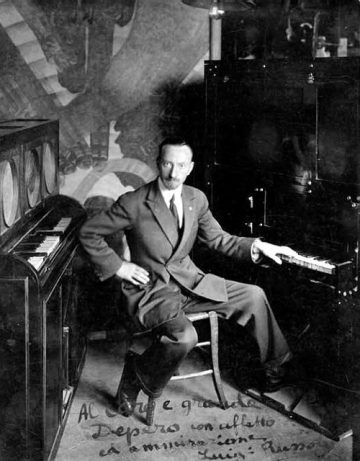
1883 - 1947
Luigi Russolo

description
An Italian artist and composer, poet, art theorist, one of the leaders of Futurism. Luigi Russolo was an extremely multi talented person, his talents included painting, music, literature and science.
He was one of the most original representatives of Futurism, its founder and theorist. Music works of L. Russolo was approved and respected by great Russian composer Igor Stravinsky and Sergei Diaghilev, the founder of the famous Parisian ballets. Russolo’s famous manifesto entitled “The Art of Noise” became the basis for the emergence of a number of musical trends that appeared many years after the death of their author.
The artist’s contemporaries remembered him as a bold experimenter who was not afraid to present his painting and music inventions to society. Together with Umberto Boccioni, Giacomo Balla and other artists, he became the author of the “Technical manifesto of futuristic painting”, which was published in 1910.
Russolo suggested introducing sound colours of the industrial world into art: the sounds of cars and trains, the noise of wheels, the sounds of factories and factories, the buzz of a busy crowd. His painting is distinguished by close connection with music and the extraordinary refinement of style and harmonious colour solutions.
Key ideas:
– The works of Russolo are often experimental. The artist was always in search of new, purely futuristic forms, the most simplified and synthetic. Many of his paintings are devoted to the study of motion, where it is reproduced as objects that alternately change their position in space.
– In his work, he used futuristic techniques, such as the principle of simultaneity, which allows depicting objects in various phases of its movement and the method of “force lines”, which helped to display the direction of movement and communication between the object and its surrounding space.
– The main idea of the work of Luigi Russolo is the combination of art and the latest technologies. That is why the artist used symbols of modern realities in his canvases and music works: urban landscapes, overpopulation of cities, the ubiquitous presence of machines and various mechanisms, the speed of technological progress.
– He strove for the synthesis of various art forms. With the help of painting, Russolo tried to find methods of expressing a stable connection between art, music, philosophy and poetry. In his works, the emphasis is not on the depicted objects, but on the feelings and associations of the viewer.
– A strong influence of symbolism is present in the artist’s canvases. This is most noticeable in the choice of themes that often had mysticism and understatement inherent in this stylistic art movement.
– The main method that Russolo used in his painting was pointillism. With the help of point or oblong brushstrokes of the same colour, the artist conveyed the dynamics and emotions of the plot. The colour scheme of the artist’s works ranges from extremely bright Fauvist shades to gray and earthy monochrome tones.
1885
1901
1909
1910
1913
1914
1921
1939
1947
The birth of the artist
Started to study at the Academy of Arts in Milan

Met Umberto Boccioni and Carlo Carra
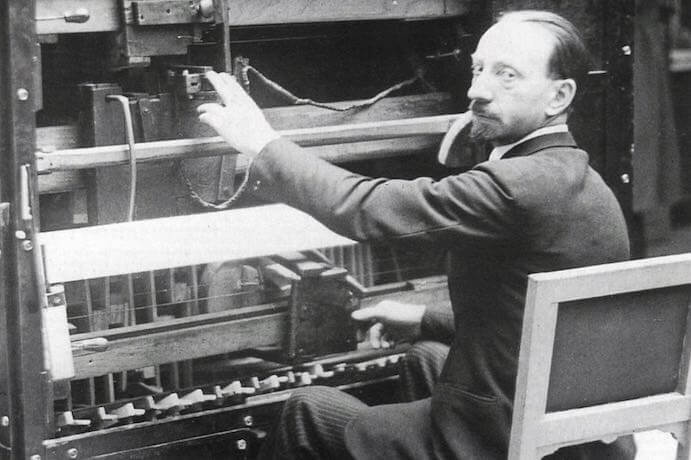
Signed the "Technical manifesto of futuristic painting”
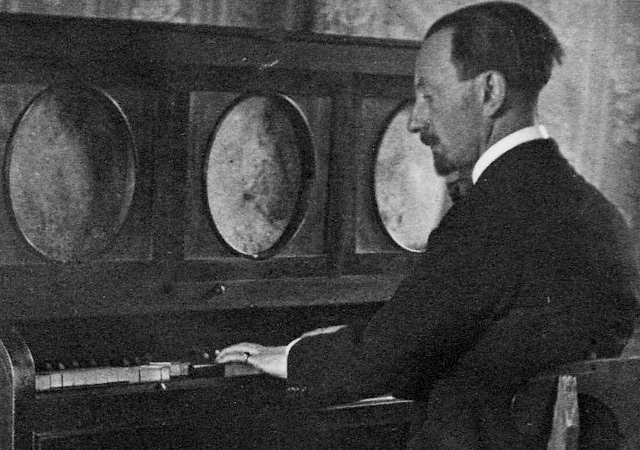
He wrote the famous manifesto "The Art of Noise"
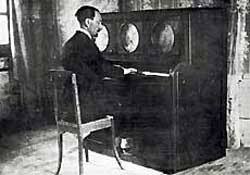
He took part in the First World War
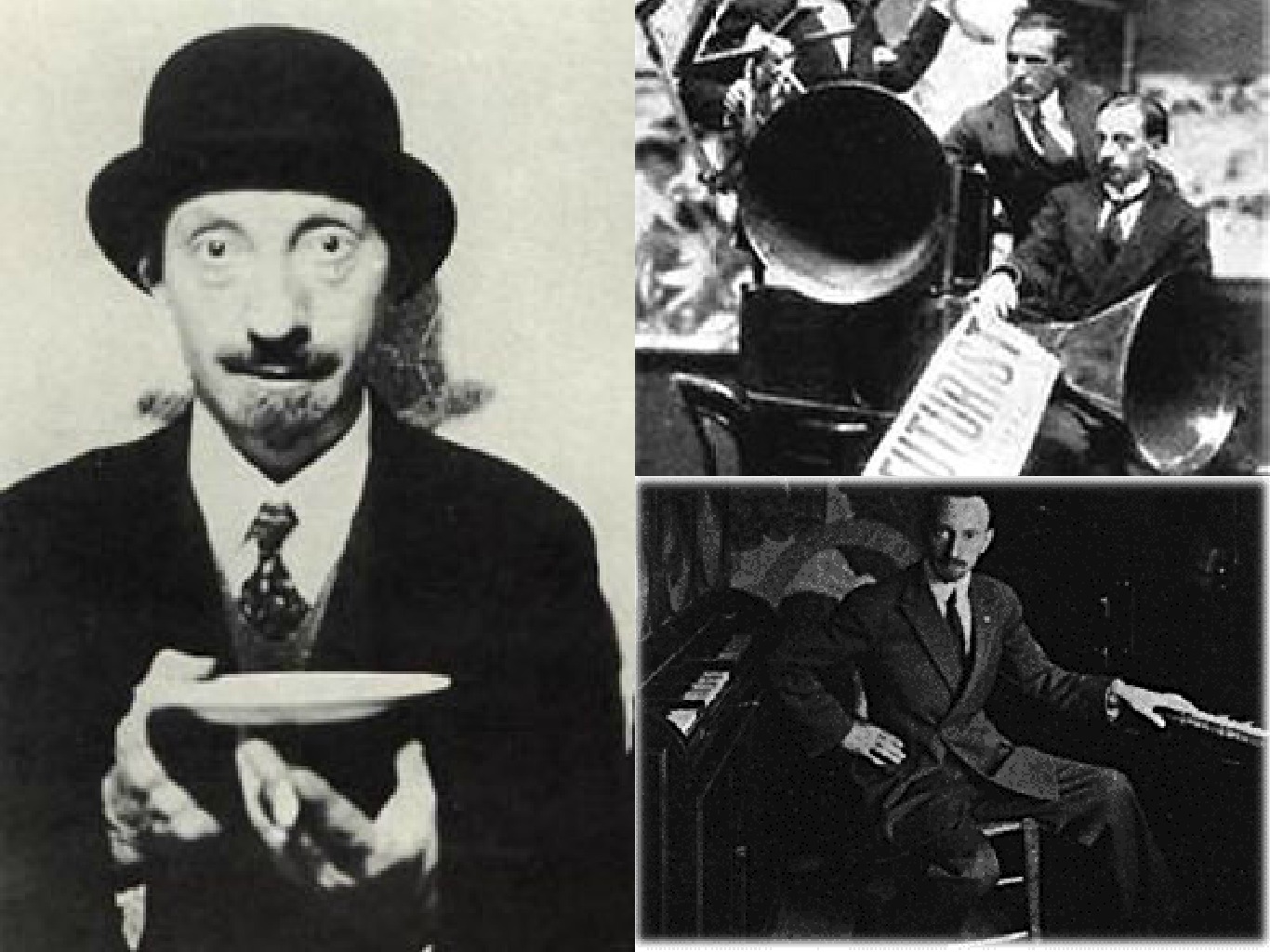
Left painting and devoted himself entirely to music
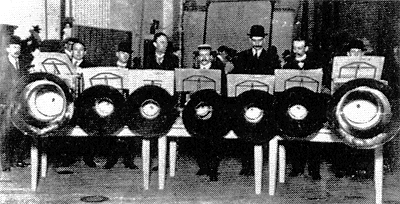
Returned to fine art
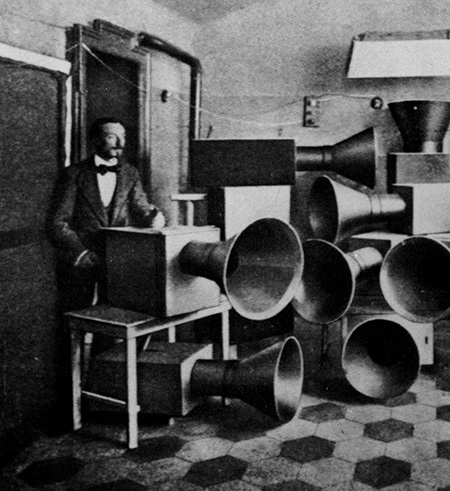
The death of the artist
